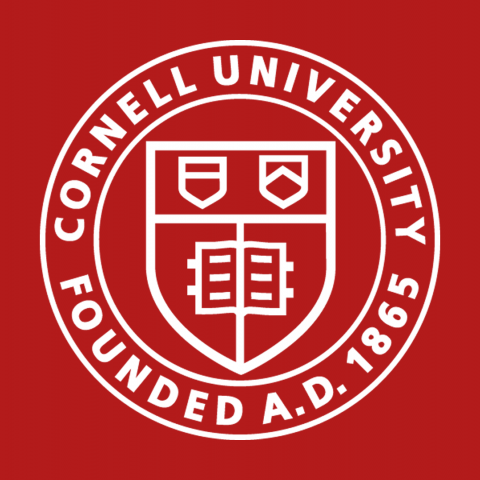Mathematical Biology

Lee Segel, an eminent applied mathematician and a founder of modern mathematical biology, observed that “mathematical biology sounds like a narrow specialty, but in fact it encompasses all of biology and most of mathematics”. Much current research is driven by the flood of “big data” (e.g., next-generation genomic and whole-transcriptome sequencing, dozens of environmental variables measured globally in nearly continuous time) and “small data” (e.g., individual ion channels in nerve cells, motion tracking of insect wings) that open new phenomena to quantitative modeling, and by the increasing challenges of biosphere sustainability.
Mathematics plays an important role at all levels of biological organization. Research areas represented at CAM include:
- Identifying the structure and parameters of biochemical and genetic networks;
- Identifying genes associated with complex diseases and differences among individuals;
- How insects walk, hover, and turn in flight;
- The biomechanics of muscular tissue and the effects of muscular degeneration;
- How infectious diseases spread through contact networks;
- How rapid evolution affects population and ecosystem dynamics;
- Finding improved solutions to conservation, environmental, and sustainability problems such as nature reserve design, invasive species management, pest and disease management in agriculture, environmental remediation, and carbon sequestration.
